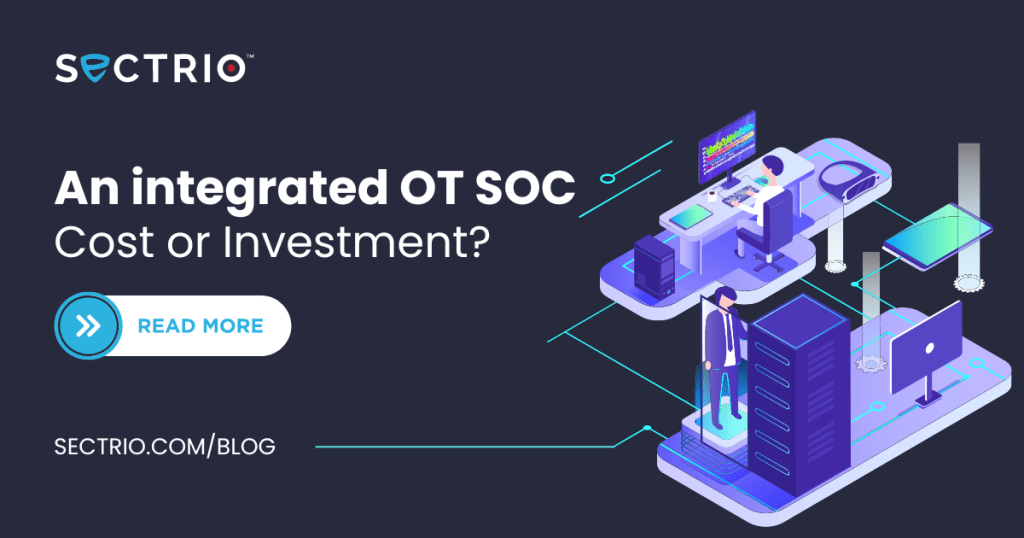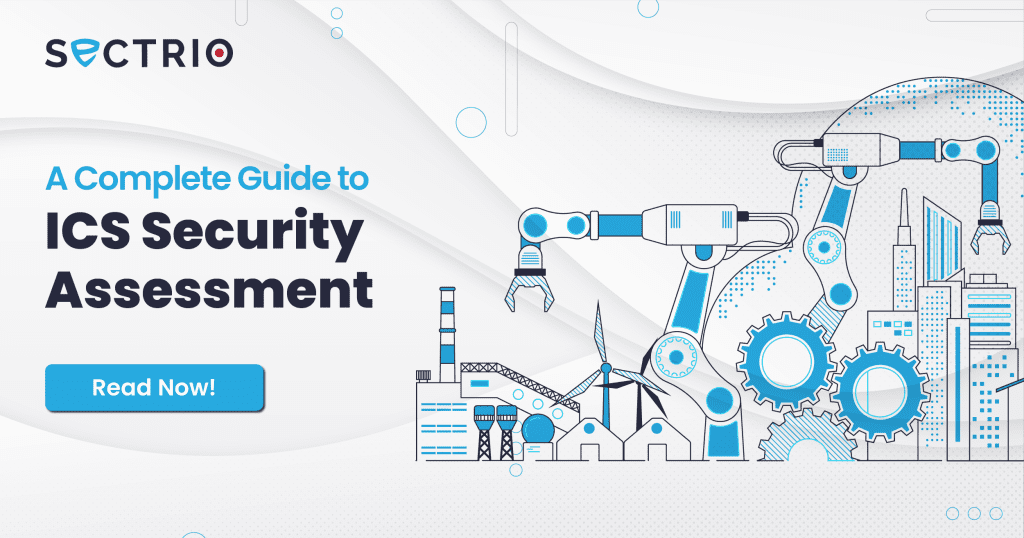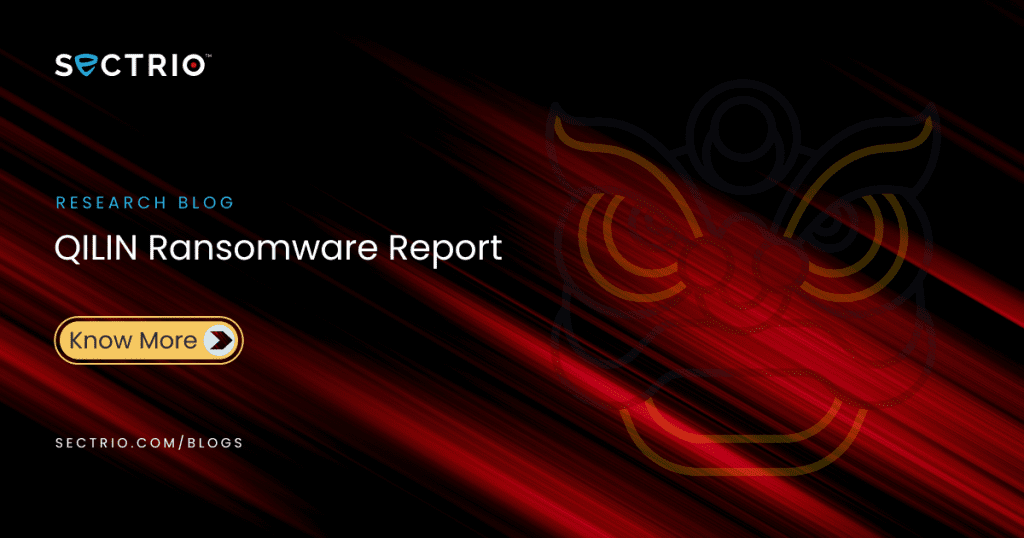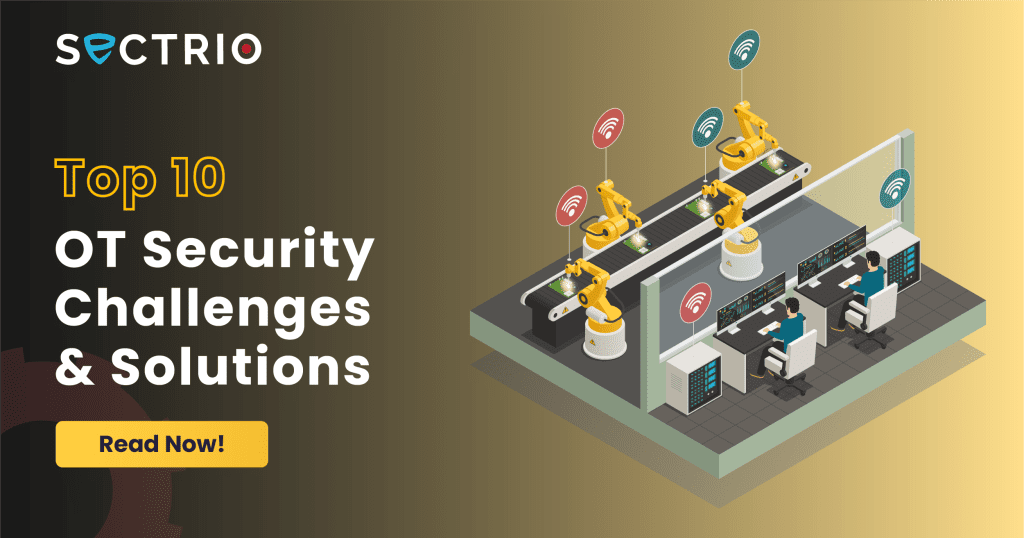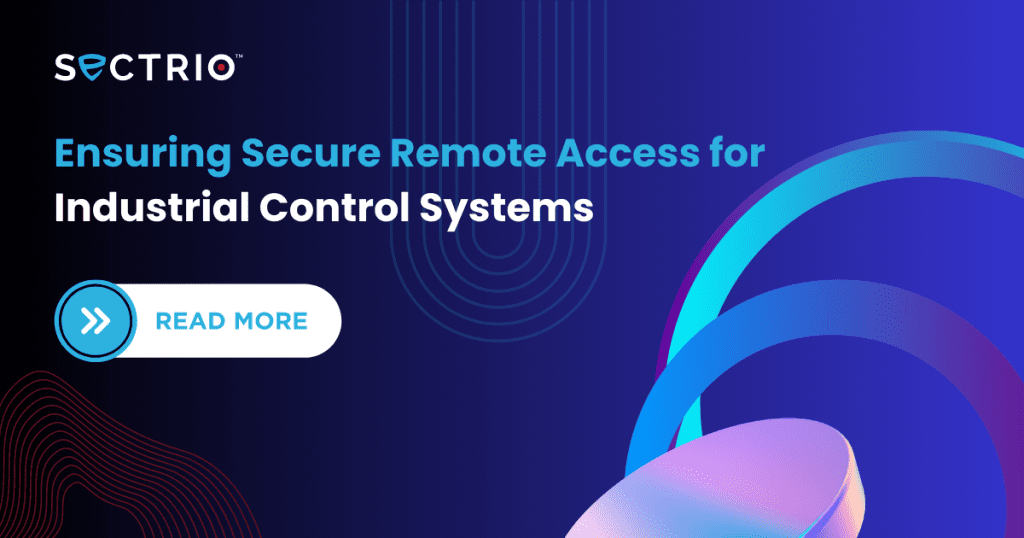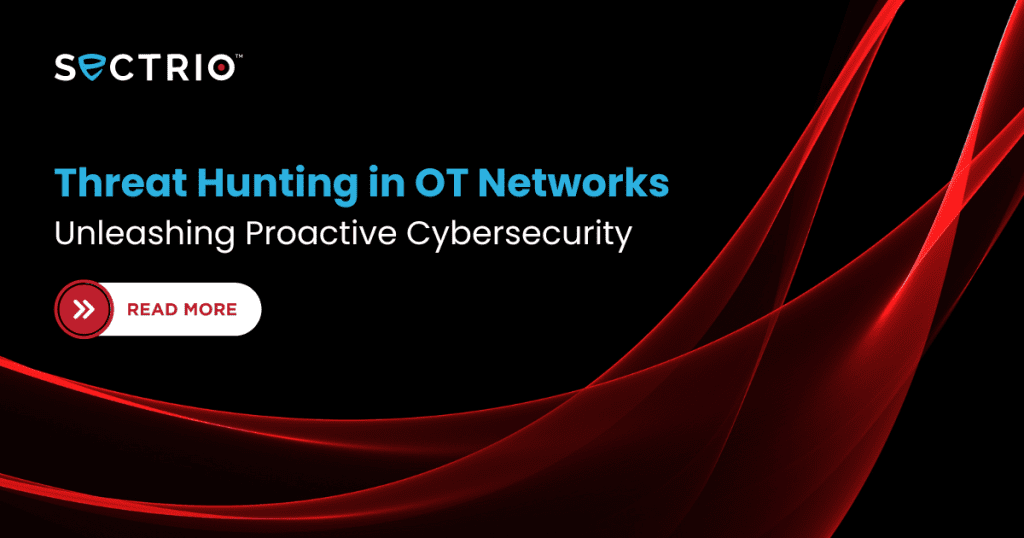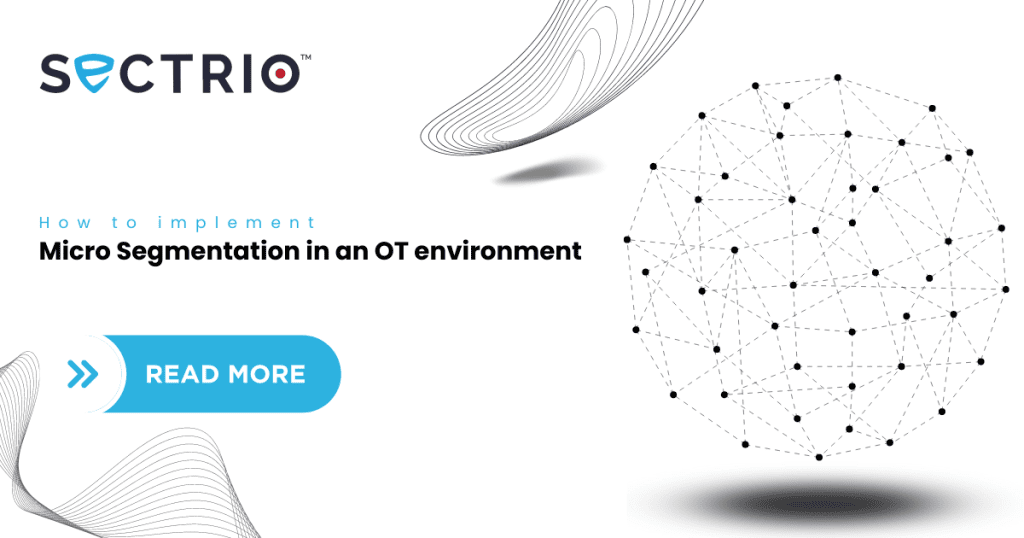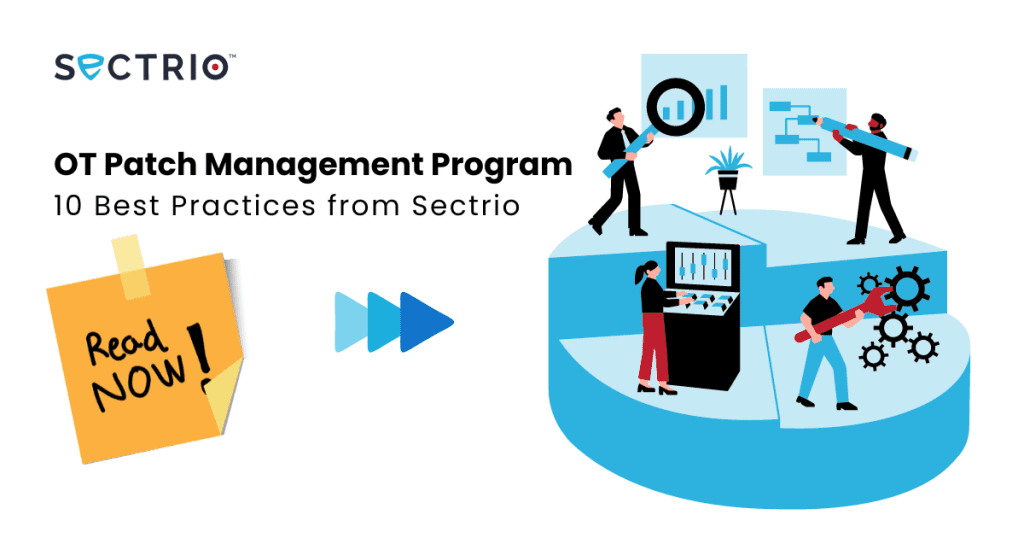You may also be interested in reading: Industrial control systems (ICS) refer to control systems used in a wide range of industrial processes. It’s a component of operation technology that involves hardware, software, and systems that help manage industrial operations. Some basic aspects of ICS include sensors, controllers, local supervisory systems, business systems, and management systems. The need for remote access connectivity for industrial control systems has never been greater as it allows businesses and industries to enjoy more efficient and reliable operations. But for successful remote access, businesses have to establish network connections between the ICS infrastructure and the remote user. This comes with its own set of security risks. Cybercriminals constantly target remote users to steal sensitive information, gain financial advantages, or blatantly cause damage. The consequences of such security breaches can be devastating as they lead to operational disruptions, reputational damage, financial losses, and data corruption. This is why organizations must ensure secure remote access (SRA) for industrial control systems. In this article, we’ll explore some of the best ways to ensure secure remote access for industrial control systems (ICS) Best Practices for Secure Remote Access for Industrial Control Systems Remote users should authenticate with multi-factor authentication (MFA) Multi-factor authentication (MFA) is a form of added security measure that requires users to provide several ‘pieces’ of verification before being granted access to an account. Examples of MFA authentication include one-time passwords (OTPs) and biometric data like fingerprints, voice recognition, or iris scans For most accounts, users require only a password when logging in. But an MFA system combines multiple authentication factors, including a password and other confirmation processes. This adds an extra layer of security, making it hard for unauthorized people to access an account. To ensure secure remote access for industrial control systems, consider a multifactor authentication system done over a secure channel. But when doing so, be careful, as some multifactor solutions can be ineffective because of the speed or process control reliability requirements. Ensure secure communication through encryption tools and tunneling techniques Encryption protocols and secure tunneling techniques ensure the information exchanged between the remote user and the ICS remains confidential and protected from unauthorized access. For example, Secure Socket Layer/Transport Layer Security (SSL/TLS) protocols establish secure encrypted connections between client and server applications. They provide authentication and data encryption. And this is just one example of encryption protocols and secure tunneling techniques. Implementing such protocols ensure secure communication channels for remote access to ICS. Consider dedicated client hardware and software It’s standard for organizations looking for remote access solutions to empower their users with both the software and hardware required to connect. However, even in doing so, cybercriminals still remain a huge concern as they typically target such users. As part of the remote access solution, your organization should issue personal computers or laptops. This PC or laptop should have the appropriate cyber security countermeasures, such as host-based intrusion detection systems and antivirus software. But perhaps one effective solution that has profited most organizations involves using VPNs for secure remote access. The best VPNs establish a secure and encrypted connection between the user and the ICS network. They create a secure “tunnel” over an insecure network, such as public wifi, ensuring that sensitive information remains protected. Employing dedicated client hardware, such as laptops, and dedicated software, such as VPNs and antivirus, ensures that organizations can effectively establish secure remote access for industrial control systems Session Termination Session termination is a fundamental concept when discussing remote access. Session termination is paramount when establishing a remote access solution because it terminates the link between the remote user and the internal network or system. It’s an essential and non-negotiable element of a secure remote access solution. Because of this, organizations need to ensure that sessions are promptly terminated, either upon request or automatically based on system configurations. Conduct regular patching and updates Regular patching and updates are essential in discovering vulnerabilities and security weaknesses in software systems. By promptly applying security patches, you will easily address the vulnerabilities and protect the entire ICS infrastructure from potential cyberattacks. Through proper patch management, it will be easy to close security gaps and strengthen the entire security of the system, significantly reducing the risk of unauthorized access and disruptions. Since ICS is highly critical for an organization, you must be keen to plan and execute updates to minimize disruption of operational continuity. The best approach is to conduct the process in phases, whereby you will test the patch in an isolated environment before distributing it to the entire ICS infrastructure. Ensure you also adopt a redundant architecture and backup system to provide uninterrupted operations. Gain Ample visibility into your network and identify gaps today, Sign up for a comprehensive asset discovery with vulnerability assessment today from Sectrio Outline definitive remote access policies and procedures Most organizations fail to define and communicate clear policies pertaining to rules and procedures for remote access to ICS. It’s important to outline who can access the system clearly, define the circumstances, and indicate the necessary authentication mechanisms. For example, a good place to start would be to adopt a role-based access control (RBAC) policy. This policy framework regulates access to resources and equipment within an organization based on roles. In an RBAC policy, users are assigned specific roles that determine their level of access to systems, applications, and data. As an administrator, you should ensure all users looking to connect remotely use a named account. And not only that, but remote access users should only access systems that are directly associated with their line of work and nothing more. Compliance Kit: OT/ICS Cyber Security Policy template by Sectrio You should go further and assign specific access privileges remote workers require to carry out their duties. This limits accessibility based on job functions and needs. It’s essential in reducing the risk of insider threats and maintaining the overall security of the ICS environment. Schedule security awareness and training sessions A big part of security

